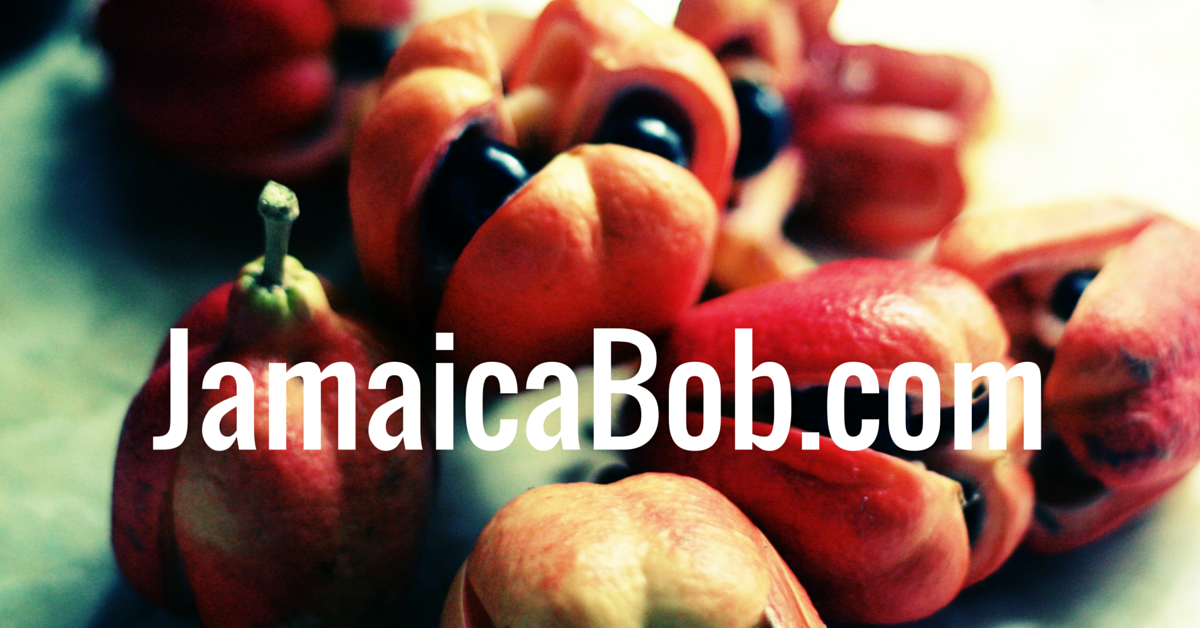Until I get a video posted, here’s a brief overview of what you’ll find on this page:
Below, you’ll find sample recordings, sequenced demos or original artist recordings of songs I typically will use in my basic JamaicaBob/Jazz Caribe show. As you listen to them, remember they’re simply here to help you get in the frame of mind for a run through or full rehearsal before a concert.
In addition, quite often, I will ask the steel drummer (who I typically will have as the MD) to bring charts for the band to play. In some situations, I step off stage during these songs as a way to fully feature the musicians who make me look good 🙂
Each song has comments below to help you as you listen.
Global Carnival
I typically start my shows with an uptempo soca or “afro soca” version of this song. In a rehearsed context, we’d start with drums & percussion, add bass, etc. and I’d enter encouraging the audience to clap.
Island Breezin
This is my take of George Benson’s classic. There’s a bass line which I play on guitar to start the tune. We use it as a road map marker and we end the tune with this line as well. Solos would typically be guitar and steel drum.
Cocoa Man (track)
Cocoa Man is a song from the group Tradewinds from Barbados. I use it to set context for the musical tour and to share my family history. This song is reggae and has a distinct bass line which works in a “call and response” or AB pattern. The steel drum also has a line.
Naughty Little (track)
Naughty Flea is cha cha arrangement of a vintage calypso by Lord Flea. Since it’s probably the most popular song of my school/kids, I use it as a way to get the audience singing. In a rehearsed context, the band would start a I-V montuno groove under my intro. I typically sing a chorus as intro to make sure the audience is in. 🙂 We end with a cliche’ cha, cha, cha.
Man Smart, Woman Smarter
In keeping with my interactive show value, Man Smart is my take on the classic calypso Man Smart, Woman Smarter, made popular state-side by Belafonte. I typically start by “polling” the audience and somewhere around the 3rd to 4th verse, I invite the women to sing the chorus – both in their typical dialect and then in a more “Caribbeanized” accent. We end with ‘That’s right, that’s right!”
Day-O (live)
Day-O in an on-stage interaction number for kids of all ages. Audience members are invited to come up to be my percussion band for a (typically) A cappella rendition of this traditional folk song. There are a couple of musical devices as well as some use of physical comedic elements.
Sweetheart from Venezuela
Sweetheart from Venezuela is another audience interaction song. A woman is selected for this number and she’s asked to simply sing (or say) “Si, Señor.” The lyrics are a cute love song with the last verse essentially asking if she’d be willing to have 10 kids! No matter how she answers or whether she’s a ham or not, the audience tends to enjoy this. After the 4th verse, we will “dance” together while the band vamps and then on cue, I’ll close with the chorus and couple of tag. We end with a pronounced “Sweet-heart from Ve-ne-zue-la. Hey!”
Matilda
Matilda is somewhat of a placeholder song since many of the songs which were popularized by Belafonte can be sung over this progression or in this key. I typically perform this song in a calypso vibe. We end with a pronounced “run Venezuela!”
Jammin' (track)
I would be remiss if I didn’t perform at least one song by Bob Marley. I will typically perform this like Marley or I’ll treat it as an instrumental and take a “scat” solo. I often include a bass solo as well.
Jamaica Farewell (track)
In a rehearsed context, my arrangement of Jamaica Farewell has a pedal-tone bass line to add to the jazz treatment of this classic Irving Burgess song. My current ending (2014) is an attempt at some chord-melody. The band will drop out as I sing a tag then transition to the chord melody.
Jump Up and Jam (track)
This is an original song which I typically use as a show closer. It’s performed in a soca groove with a horn line which is either played on pan, keys or guitar. This song adds drum and percussion solos (timbales if we’ve got ’em). The song ends with “Jump up and Jam! (Blam).
